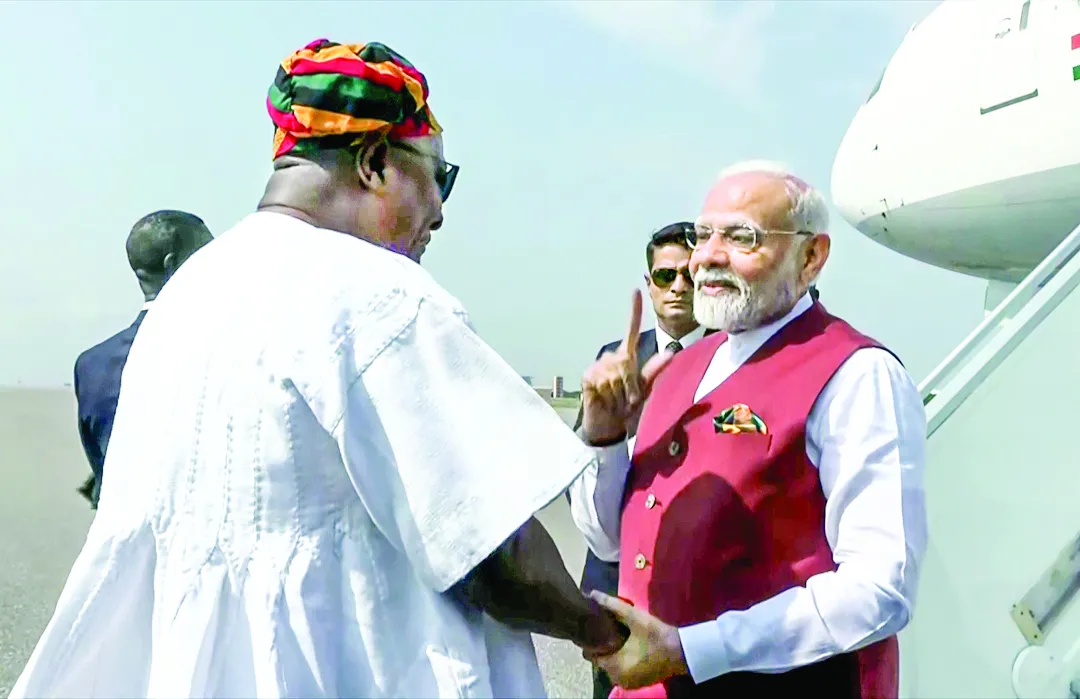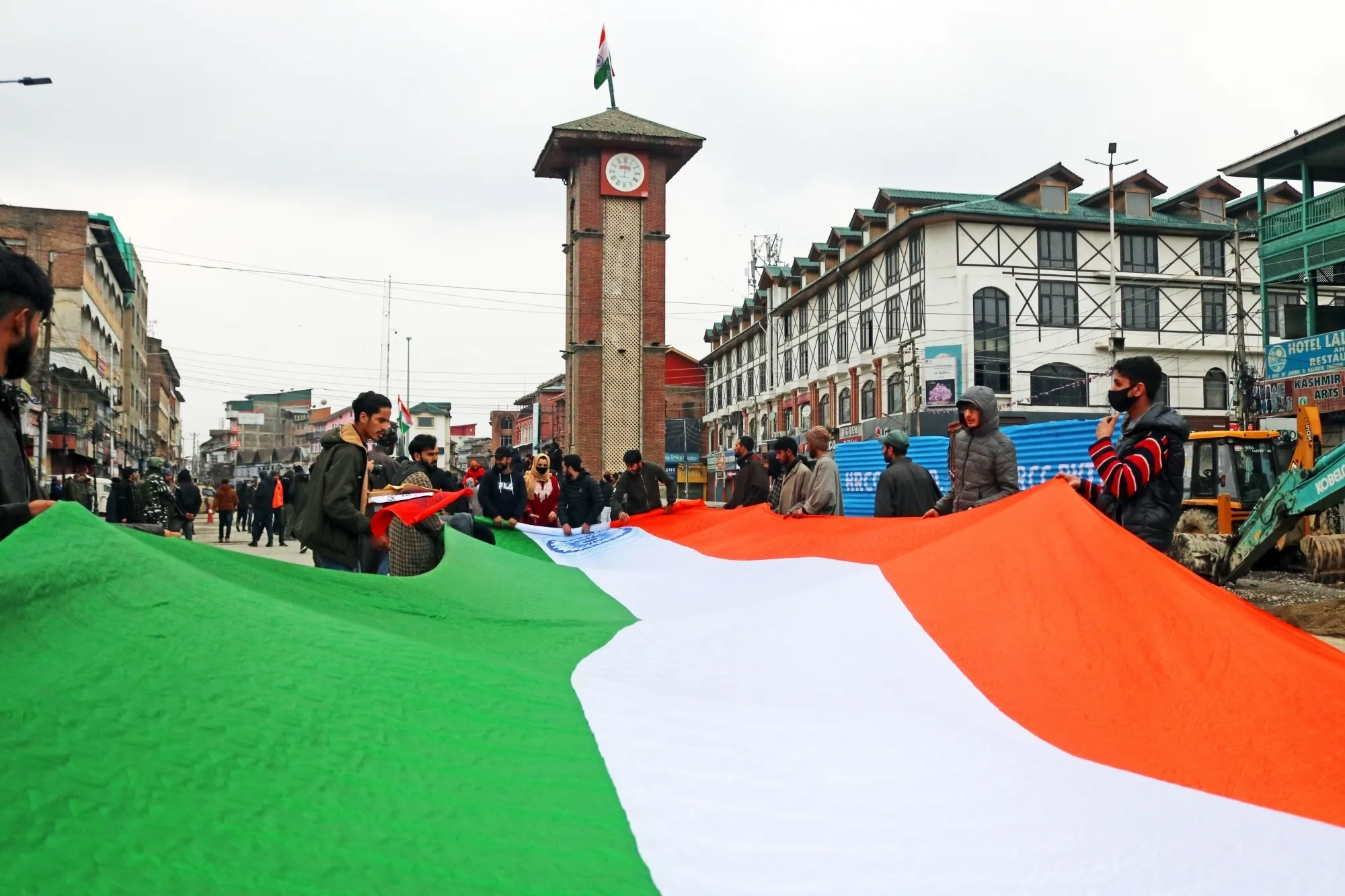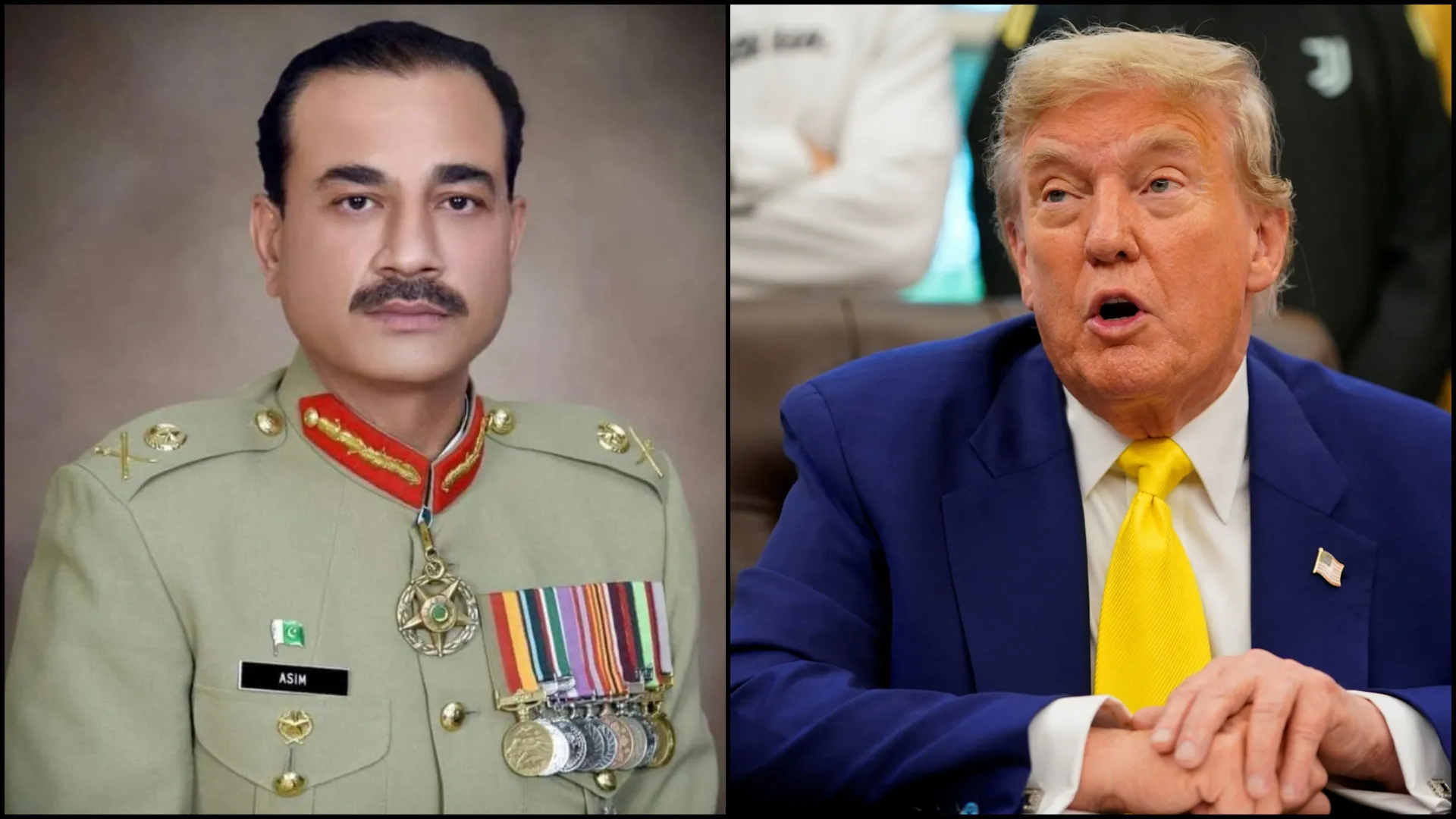Under Prime Minister Narendra Modi’s visionary leadership, India has made significant strides toward the Viksit Bharat 2047 goal, marking 11 years of transformative governance. Through initiatives like Digital India, Make in India, and Ayushman Bharat, Modi has driven economic growth, technological innovation, and social welfare. Infrastructure development, including Bharatmala and Smart Cities, has enhanced connectivity and urban living.
Policies promoting renewable energy and sustainable farming align with environmental goals. By empowering youth, women, and marginalized communities, Modi’s inclusive approach fosters collective progress. His strategic reforms and global outreach have positioned India as a leader, advancing toward a developed, self-reliant nation by 2047. In conclusion, Modi’s 11 years have prioritized stability, infrastructure, and inclusion, aligning with Viksit Bharat’s vision, but face challenges in employment and growth. UPA’s higher GDP growth came with instability, less aligned with long-term development.
The NDA’s reforms position India closer to Viksit Bharat, but sustained 8% growth remains critical. The 11-year tenure of Prime Minister Narendra Modi’s government (2014–2025), led by the National Democratic Alliance (NDA), marks a significant period in India’s political and economic landscape, often compared to the preceding United Progressive Alliance (UPA) government under Manmohan Singh (2004–2014). A statistical analysis highlights key differences and achievements across economic, social, and governance metrics.
Economic Growth:
The UPA’s decade saw an average GDP growth rate of 7.6%, peaking at 10.3% in 2010–11, driven by global commodity price surges and domestic reforms. However, growth slowed in UPA-II (2009–2014) to 7.5% due to policy paralysis and corruption scandals. In contrast, the NDA’s average GDP growth was 5.9% (2014–2024), with a peak of 8.2% in 2016–17, impacted by demonetization and the COVID-19 pandemic. Modi’s government claims stronger macroeconomic fundamentals, with a fiscal deficit reduced to 3.7% of GDP compared to UPA’s 5.9%. Critics argue that UPA’s higher growth came at the cost of fiscal imprudence, while NDA’s growth, though lower, was more sustainable.
Inflation Management:
The NDA significantly curbed inflation, averaging 4.5% (CPI) compared to UPA’s 8.2%, which peaked at 12.3% in 2010–11 due to high global oil and metal prices. Modi’s policies, including lower Minimum Support Prices (MSP) and fuel tax adjustments, stabilized prices, though low food inflation hurt farmers.
Foreign Investment and Reserves: UPA saw a 20.02% increase in Foreign Direct Investment (FDI), while NDA recorded a 3.08% decline (2009–2019). However, NDA’s total FDI inflow reached $500 billion, 65% higher than UPA’s. Foreign exchange reserves grew by 16.86% under Modi compared to 8.45% under UPA, reflecting stronger external stability.
Critics note that net foreign investment as a percentage of GDP was higher under UPA (1.2% vs. 0.8%). Job Creation: Employment remains a challenge for both regimes. UPA created 2.9 crore jobs (2004–2014), while NDA claims 17.19 crore jobs (2014–2024) per RBI KLEMS data. However, unemployment averaged 6.1% under NDA, higher than UPA’s 5.5%, with a peak of 8.4% in 2019–20. Schemes like Mudra and Startup India aimed to boost entrepreneurship, but critics highlight stagnant manufacturing jobs and agricultural distress.
Social and Infrastructure Development:
Modi’s tenure emphasized infrastructure, with highway construction averaging 36 km/day compared to UPA’s 8–11 km/day. Social schemes like Ayushman Bharat and PM Awas Yojana provided healthcare and housing to millions, with 25 crore people escaping multidimensional poverty (NITI Aayog). UPA’s social spending was higher (education and welfare), but NDA’s focus on last-mile delivery and digitalization (e.g., Jan Dhan Yojana’s 42 crore accounts) enhanced inclusion.
Governance and Criticism:
NDA’s governance is lauded for transparency and bold reforms (e.g., GST, Article 370 repeal), but criticized for democratic backsliding and centralization. UPA faced accusations of corruption and policy inaction, yet maintained higher press freedom. In summary, Modi’s 11 years prioritized stability, infrastructure, and digital inclusion, but lagged in job creation and GDP growth compared to UPA.
While NDA’s reforms aim for long-term sustainability, UPA’s era benefited from global economic tailwinds. Both tenures faced unique challenges, shaping India’s trajectory differently. In conclusion, Modi’s 11 years have prioritized stability, infrastructure, and inclusion, aligning with Viksit Bharat’s vision, but face challenges in employment and growth. UPA’s higher GDP growth came with instability, less aligned with long-term development.
The NDA’s reforms position India closer to Viksit Bharat, but sustained 8% growth remains critical. PM Narendra Modi’s 11- year quest for Viksit Bharat showcases transformative growth, lifting 25 crore people out of poverty, with robust infrastructure and digital advancements, surpassing UPA’s decade of inconsistent progress. Swami Vivekananda’s words, “Arise, awake, and stop not till the goal is reached,” echo Modi’s relentless pursuit of a prosperous, self-reliant India by 2047, driven by inclusive governance and youth empowerment.
PM Modi’s 11-year Viksit Bharat vision outpaces UPA’s decade, with 25 crore lifted from poverty, soaring infrastructure, and digital leaps. As Swamy Vivekananda’s quote says– “Take up one idea, make that your life,” reflects Modi’s leadership at the helm of affairs has an unwavering focus on inclusive growth, positioning India for global leadership by 2047 through dynamic governance and economic resilience.























